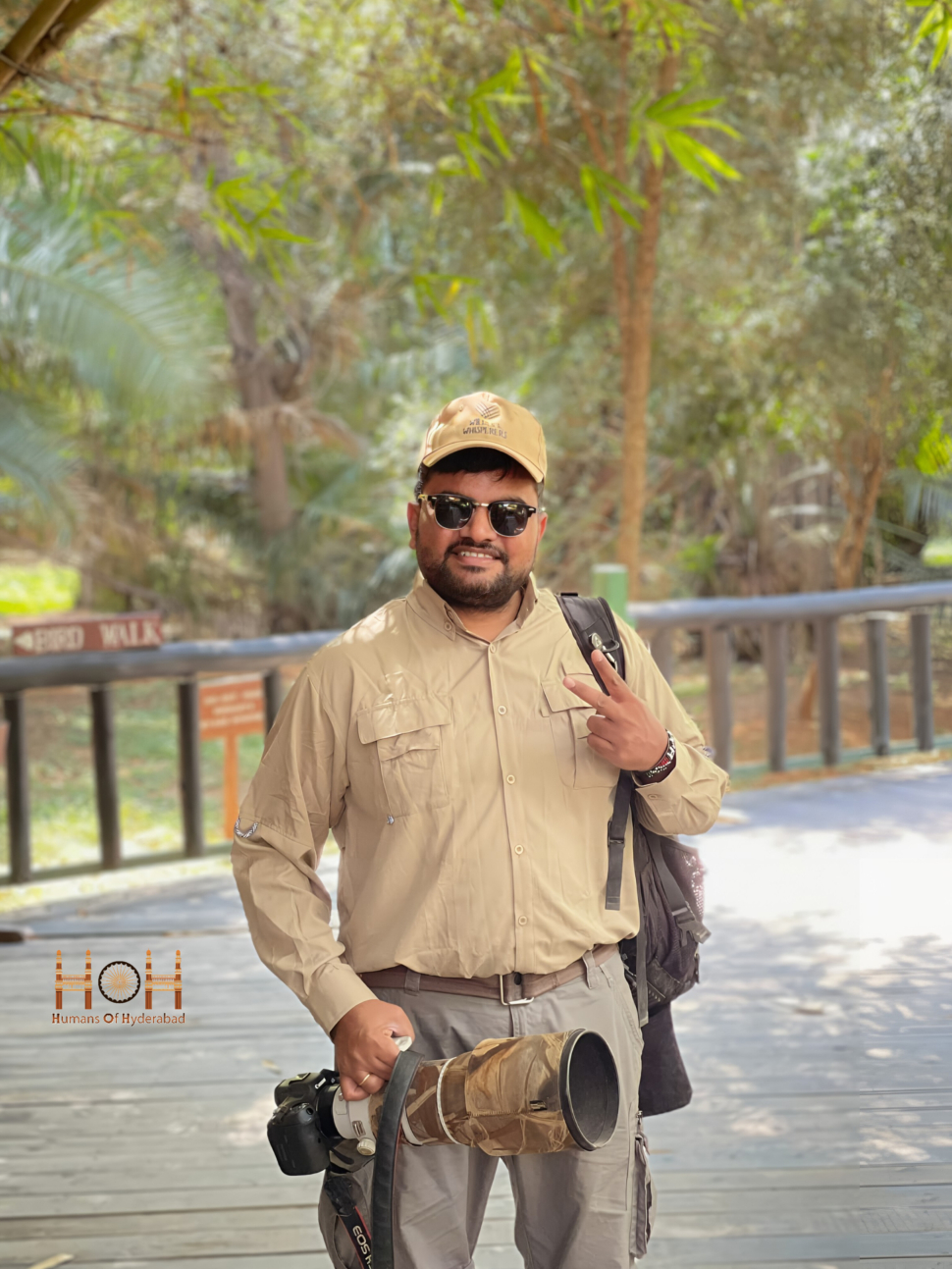“I was born in Hyderabad but grew up in Warangal, where I spent my childhood and school years. My father worked for the Indian Railways, and his job gave us a stable life.
From a young age, books became my world. I read anything I could find about wildlife. St. Gabriel’s High School, where I studied, had plenty of greenery, and I loved spending time in its quiet corners, listening to the wind in the trees and the calls of birds. But the moment that truly shaped my interest came in 1994 when I was four years old. My uncle gifted me two books—The Treasury of Children’s Knowledge and Animals of the World.

Those pages introduced me to a world I had never seen. I was fascinated by how animals survived in the wild, how they adapted to their surroundings. Even today, I still have those books, their pages worn from years of reading.
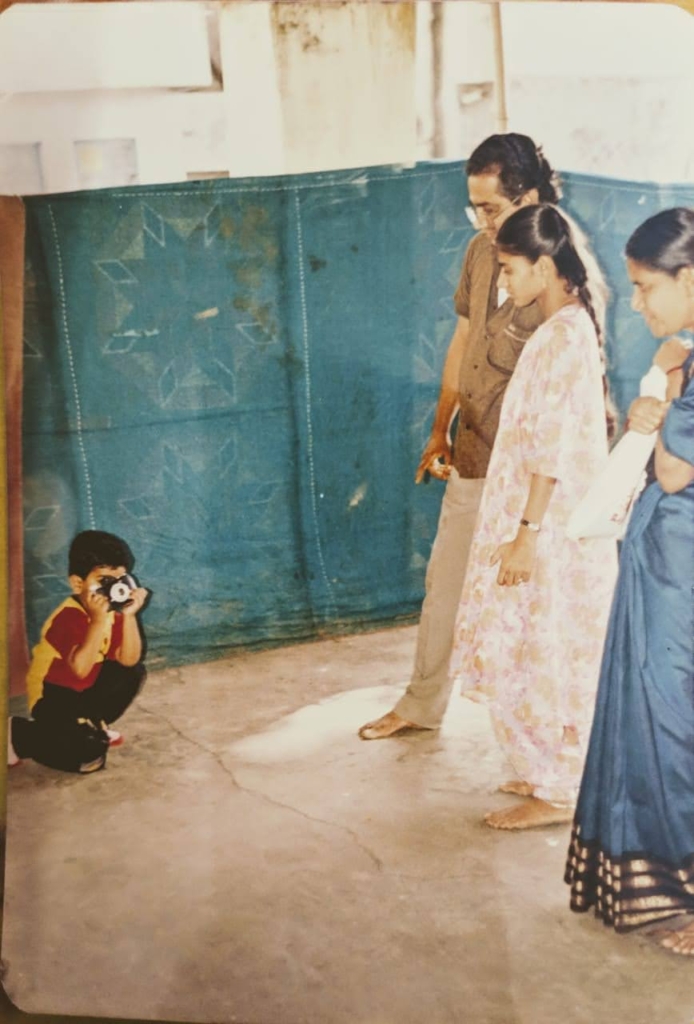
My uncle was also a photographer, and he introduced me to cameras. When I was five, I held a film camera for the first time, clicking pictures at family gatherings. Film was expensive, so I only got to use it when he visited. But those moments stuck with me, planting the first seeds of what would later become a love for photography.
As a child, I mostly kept to myself. I preferred books over social activities and spent hours writing poetry and stories, sitting in nature, just watching the world go by. By the time I was in seventh grade, I realized that my way of connecting with people wasn’t through small talk but by sharing knowledge—science, general facts, and the things I was passionate about.
Mathematics came naturally to me. I liked how everything had a pattern, a logic. That interest extended to physics, especially its mathematical side, which eventually led me to pursue Electronics & Communication Engineering in my BTech.
During my undergraduate years, I interned at IIT Madras, working on an image processor that could convert black-and-white pictures into color. It was just a small project, but it reinforced something in me the idea of creating things that changed how people saw the world.
After graduating in 2010, I started working, first in Hyderabad, then in Chennai and Mumbai. Along the way, I met people dedicated to wildlife—scientists, conservationists, and photographers. My job kept me in cities, but every weekend, I would travel, looking for nature.
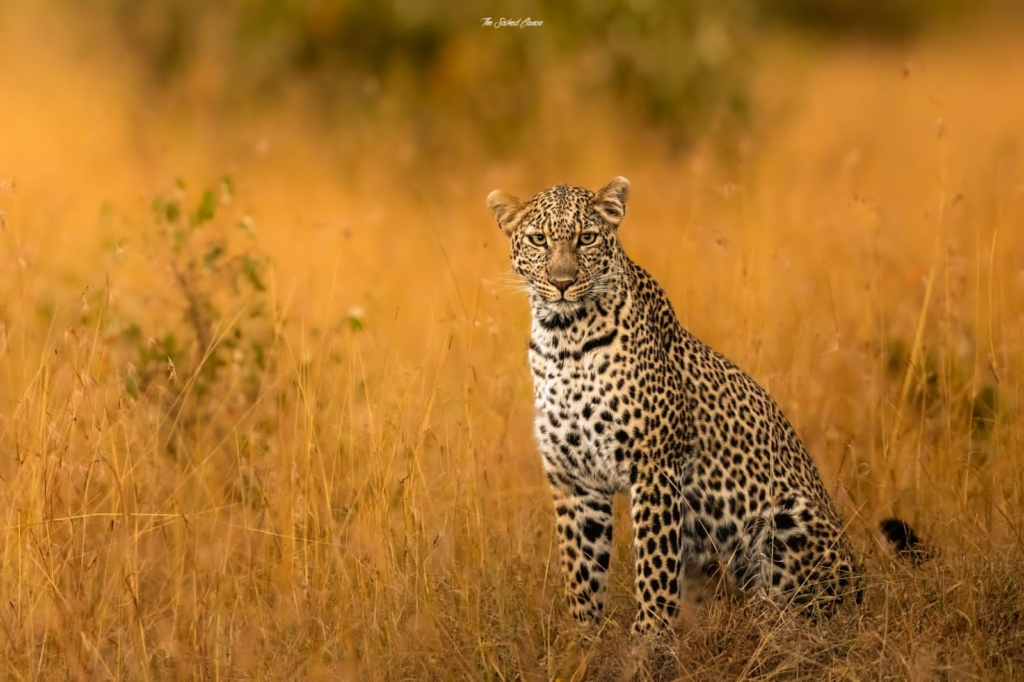
Just before starting my first job, I had an intermediate level DSLR camera—nothing fancy, but enough to get started. I used it for nearly six years, even winning photography awards with it. I never cared much about gear; it was always about the eye, the story.
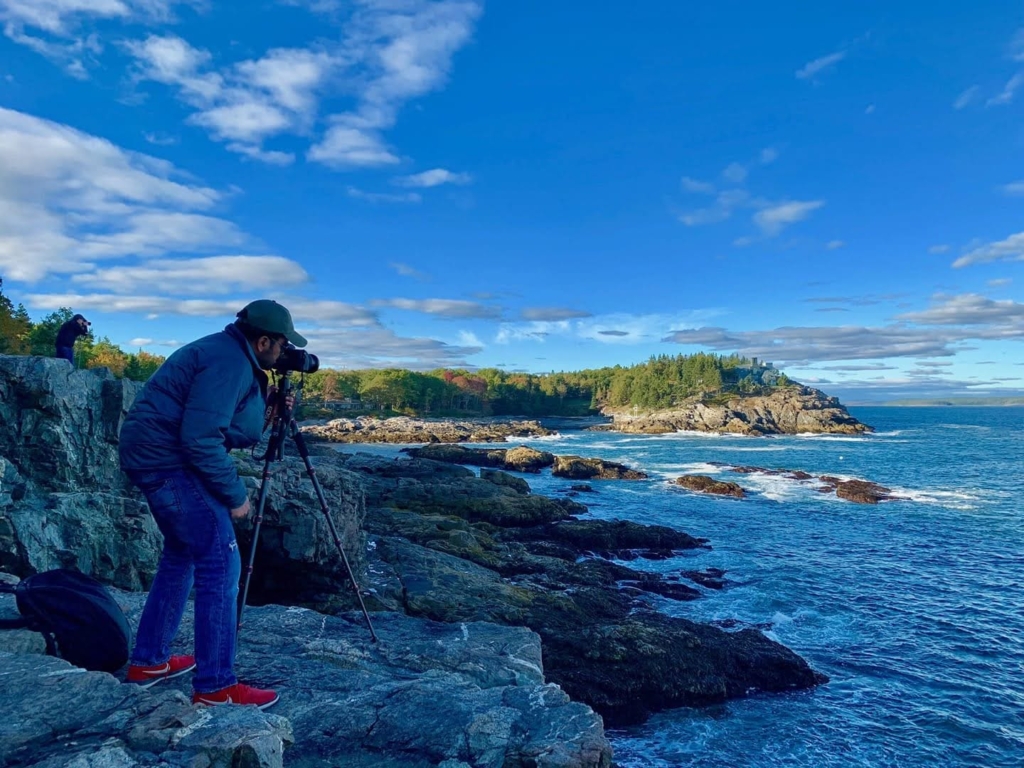
In 2014, I moved to the U.S. to pursue a master’s in Operational Research and Data Science at the University of North Carolina, Charlotte. Over the next six years, while working in the IT industry, I traveled across the U.S., exploring every inland state except Hawaii. I visited every national park I could, often traveling solo, learning from landscapes and wildlife in ways no classroom could teach.
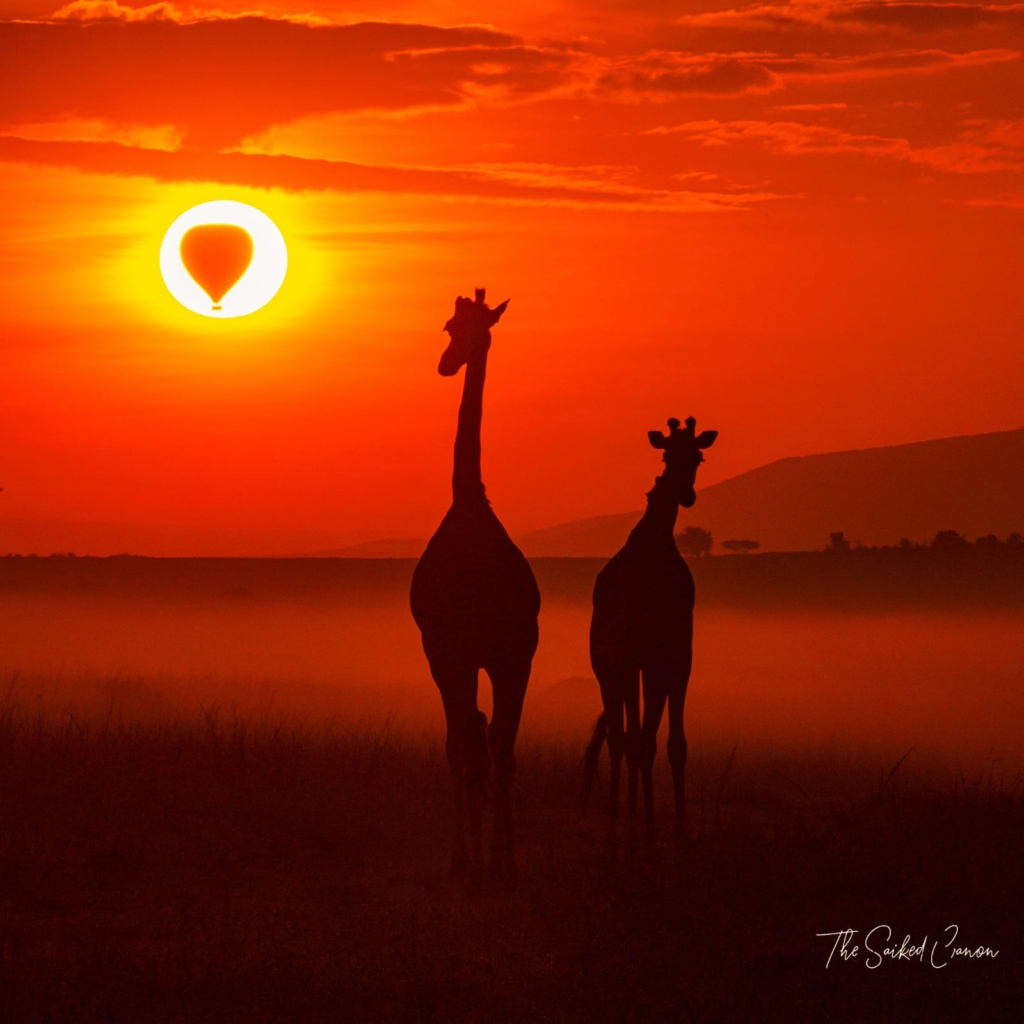
I had always been fascinated by Into the Wild film and had read Thoreau, Muir, and Corbett. Their words resonated deeply. In 2016, just before my first trip to Alaska, I bought my first professional camera.
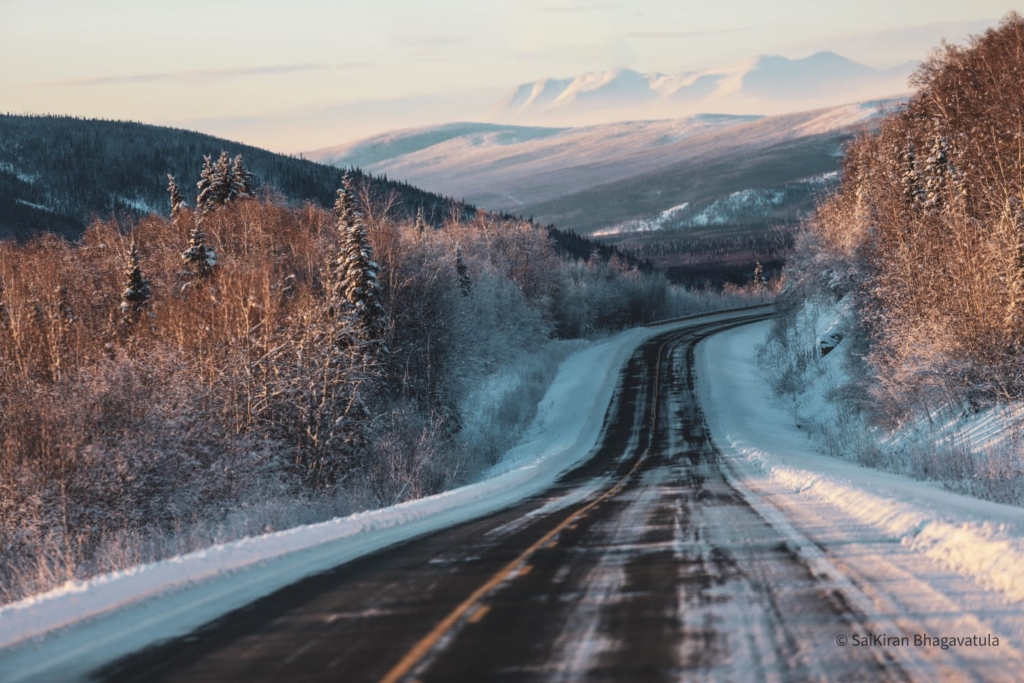
Driving up to the Arctic Circle in peak winter, facing -55°C temperatures, was an experience I’ll never forget. Standing alone in that vast, frozen wilderness, I felt something new.
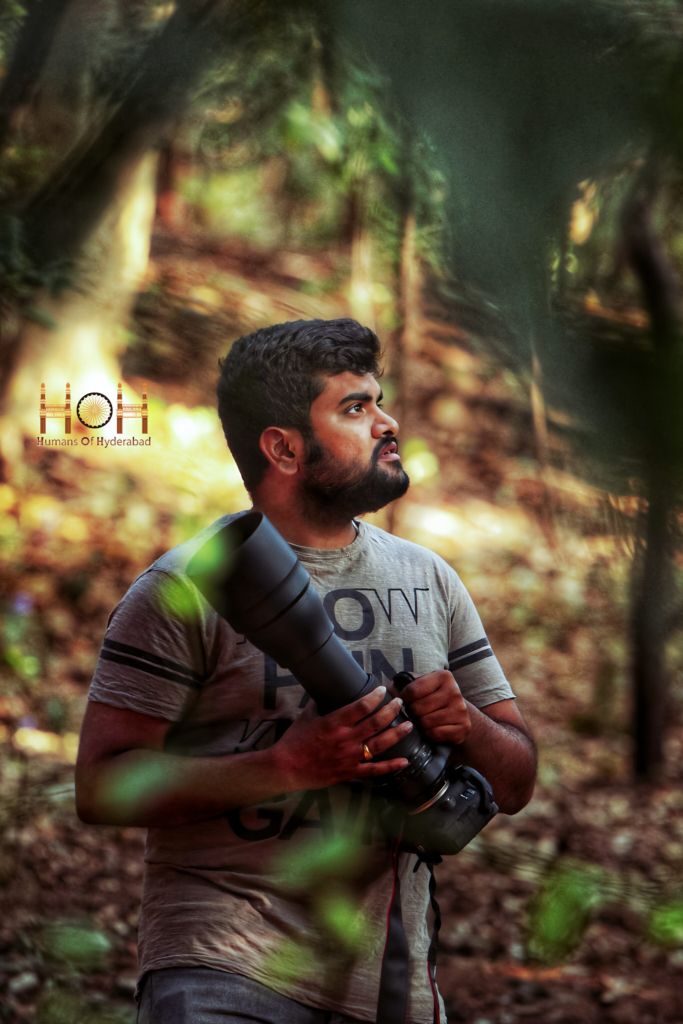
Living in the U.S. also made me see patriotism differently. In India, patriotism is often loud—waving flags, chanting slogans. But in the U.S., it was quieter, woven into everyday life. People respected nature. A 10-year-old wouldn’t hesitate to call out someone for littering in a national park. That kind of awareness left a lasting impression on me and changed the way I thought about conservation.
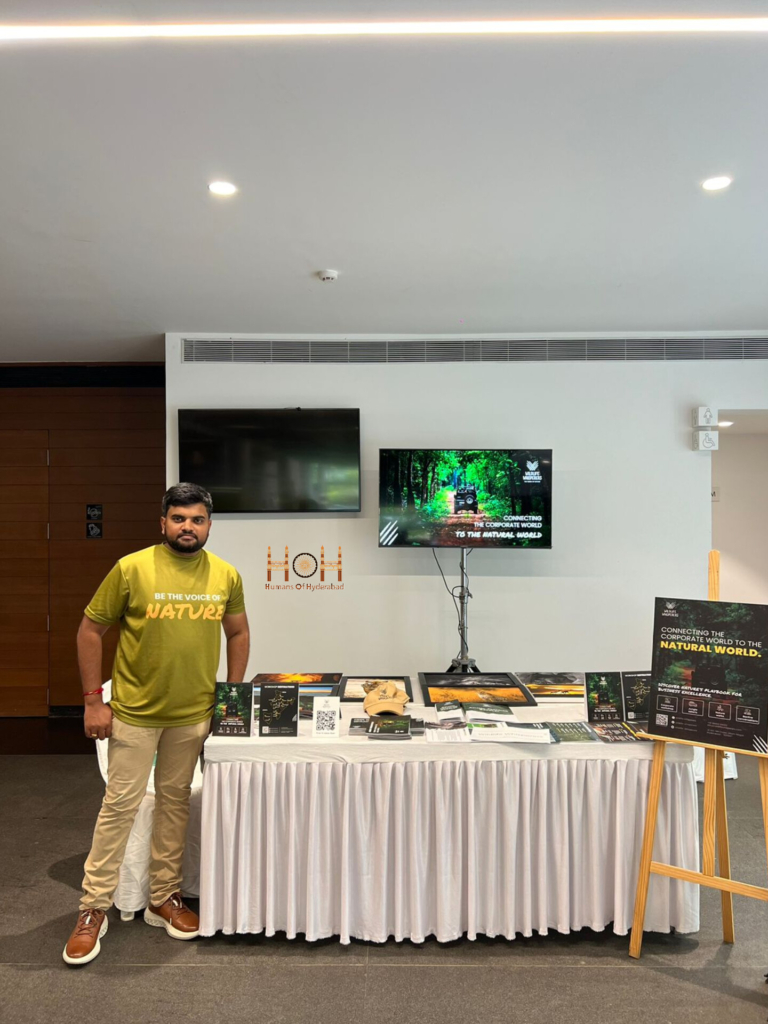
By 2020, I had traveled enough, seen enough. More importantly, I realized that being away from my family for too long wasn’t easy. My sister was in the U.S., but my parents were alone in India. I felt the pull to return.
Just before the pandemic, I moved back to India, hoping to start something of my own. But COVID changed everything, and I took up a job as a Senior Product Manager at ModelN. Still, I never stopped traveling into the wild, meeting people, and telling stories.
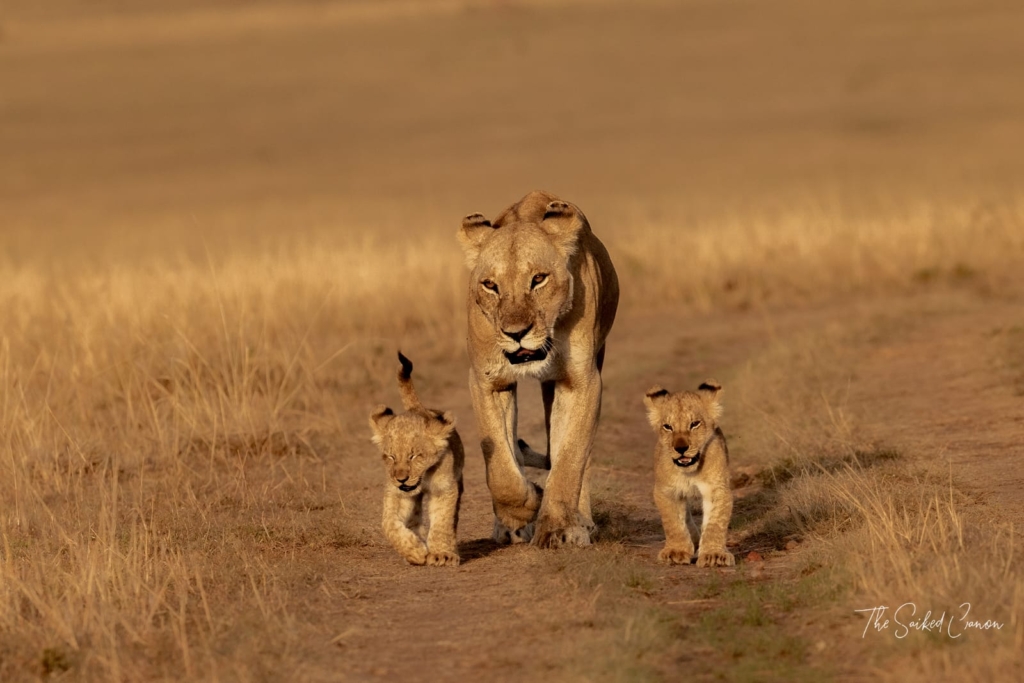
Looking back, I realized that wildlife photography in India has undergone a remarkable transformation. My initial obsession with capturing stunning animal portraits, while rewarding, felt incomplete. I began to understand that truly effective wildlife photography goes beyond aesthetics. It’s about telling the larger story of nature-the interplay of species, the connections in ecosystems, and the ever-evolving narratives of survival and adaptation. This shift in perspective has profoundly enriched my work and deepened my connection to the natural world.
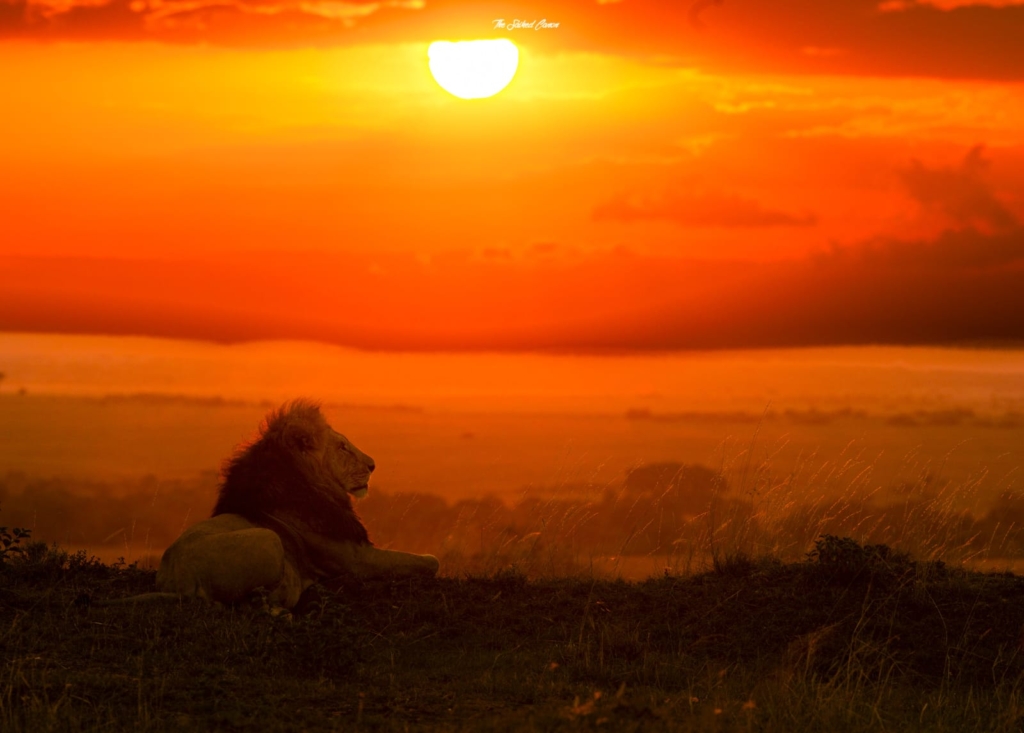
I wanted to change the way people experienced the wild.
When was the last time we truly listened to the jungle? Smelled the earth? Felt the rough bark of a tree? I believed that if people could experience nature the way I had, they would care about it. And once they cared, they would protect it.
In 2023, as the world settled after COVID, I knew it was time. I founded Wildlife Whisperers, a dream I had carried for years.
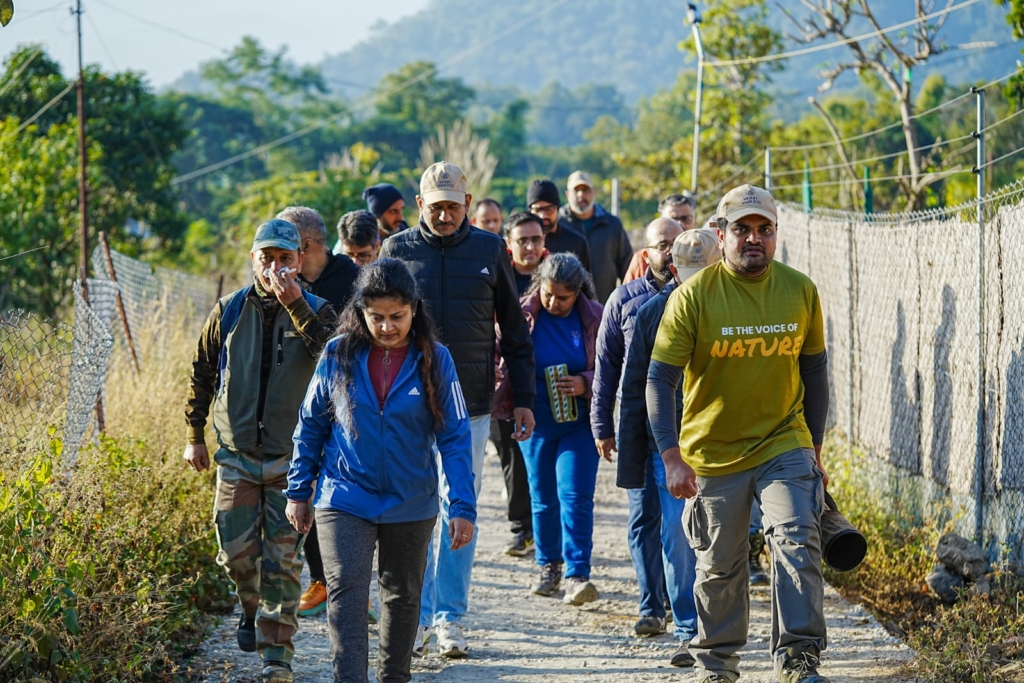
But before jumping into it, I traveled. I went to Kenya. I wandered across India again—not just to see places but to understand. What was missing? What was the purpose?
And then it hit me.
Nature is the greatest teacher we’ve ever had.
Everything we’ve invented has its roots in nature. The bullet train was inspired by a kingfisher’s beak. The first fire was discovered in the wild. Flight? We learned it from birds.
Yet, we’ve distanced ourselves from the very thing that has always guided us.
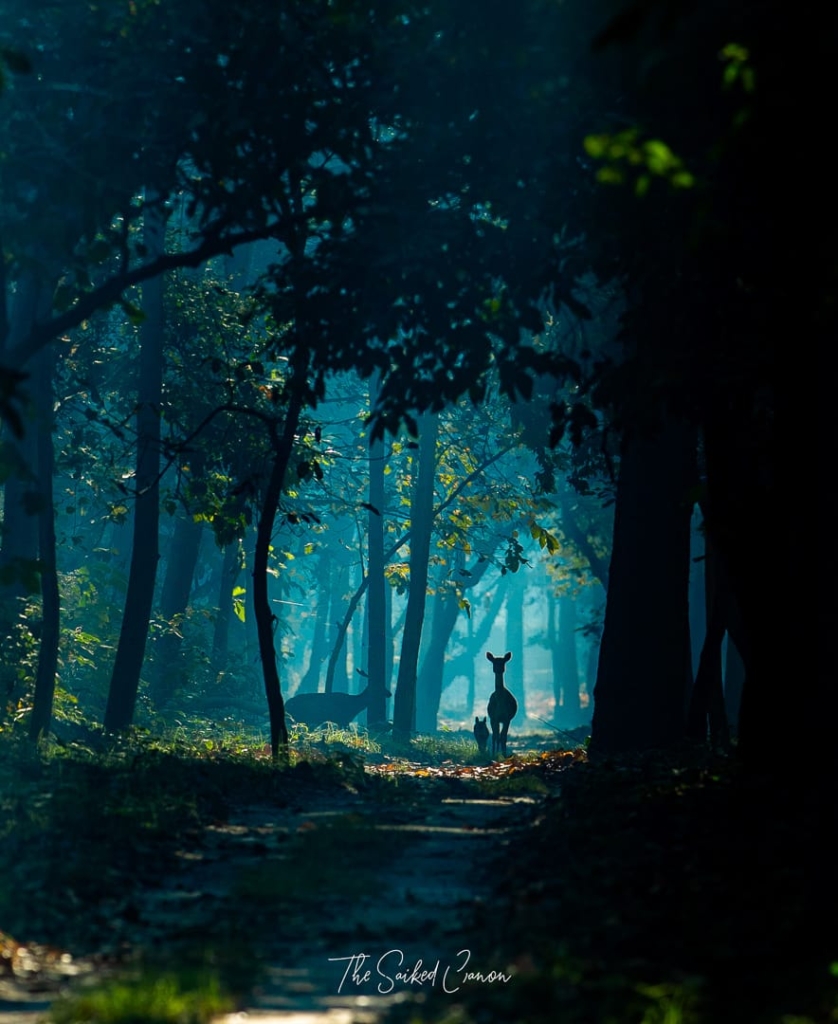
Wildlife Whisperers isn’t just about safaris. It is about learning.
Leadership from wolves. Teamwork from elephants. Design thinking from ecosystems. We took corporate teams into the wild, showing them how nature had already solved the problems we struggle with.
In the wild, trust crosses species. A langur’s alarm call warns a deer, and the deer listens. But in our world, if a testing team raises a red flag, the product team ignores it out of ego.
We call ourselves the most evolved species. But are we?
Today, Wildlife Whisperers is growing. We’ve taken people across different regions in India. We plan to expand globally. But my heart remains in India. This country has it all—snow leopards in the Himalayas, tigers in the forests, elephants in the south, crocodiles in the rivers, and even the world’s smallest wild cat, the rusty-spotted cat.
Yet, we are losing it. The mission isn’t just conservation—it’s changing mindsets. Making nature a part of learning again.
Because in nature, no elephant compares itself to a cheetah. No deer wishes it could roar like a lion. Every creature plays to its strengths. Only humans obsess over their weaknesses. And that’s what I want to change.”
- Sai Kiran Bhagavathula, Founder, Wildlife Whisperers
